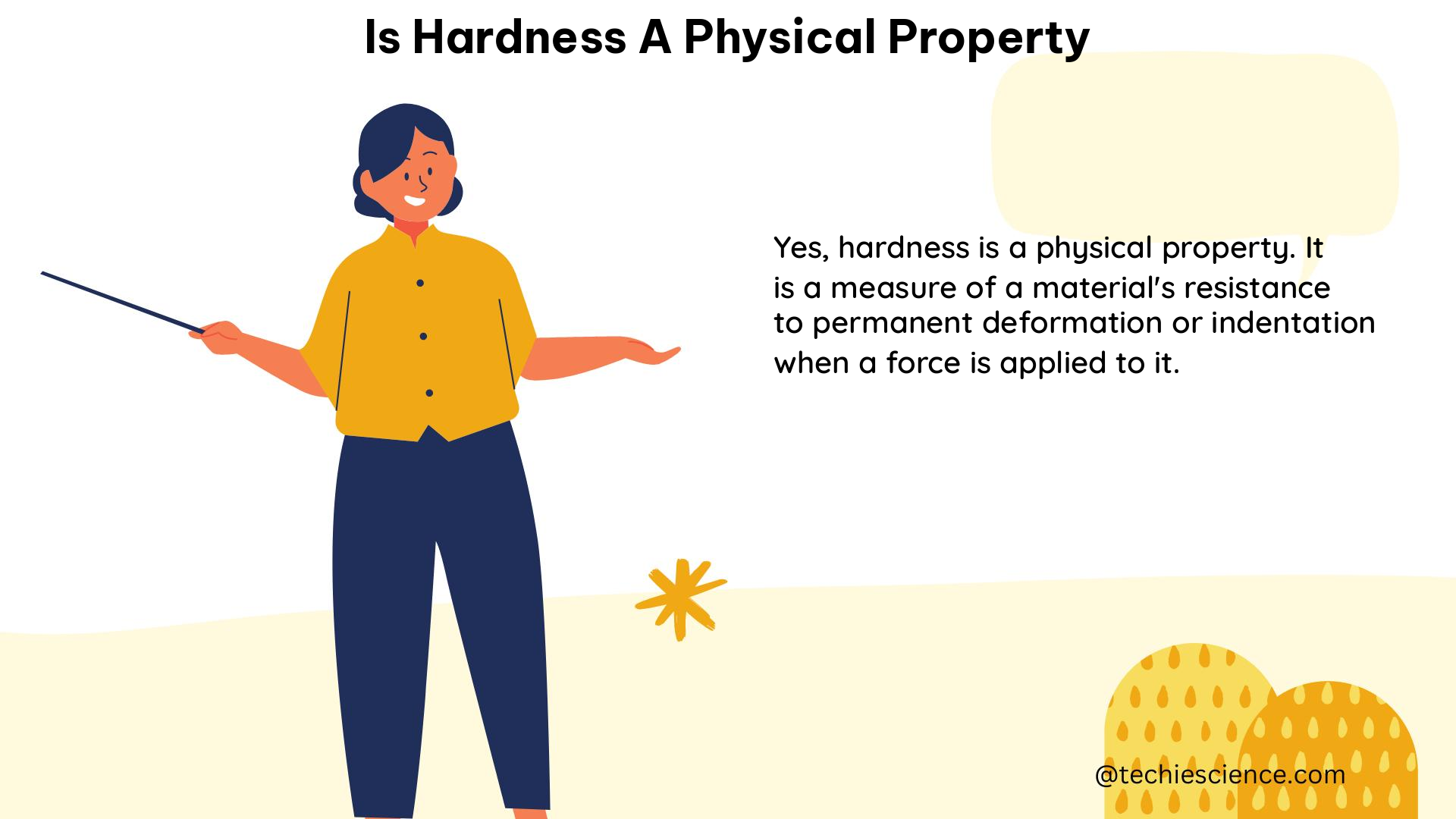Hardness is a fundamental physical property of matter that describes the resistance of a solid material to being scratched, indented, or deformed. It is a crucial characteristic that determines the suitability and performance of materials in various applications, from construction and manufacturing to jewelry and gemology. In this comprehensive guide, we will delve into the intricacies of hardness, its measurement, theoretical explanations, and practical applications.
Measurable Data on Hardness
Hardness Scales
The hardness of materials is typically measured using standardized scales, the most well-known being the Mohs hardness scale. The Mohs scale ranges from 1 (softest) to 10 (hardest), with each number corresponding to a specific mineral. For example, talc has a hardness of 1, while diamond has a hardness of 10.
Another commonly used scale is the Knoop hardness scale, which provides a more quantitative measure of hardness. The Knoop hardness number (KHN) is determined by the depth and area of an indentation made by a diamond-tipped indenter under a controlled load. The KHN values for various materials can range from 40-50 for soft aluminum to 7,000-8,000 for the extremely hard diamond.
Scratch Test
The scratch test is a simple and effective method for determining the relative hardness of materials. It involves using a harder material to scratch the surface of a softer material. If the harder material can leave a visible scratch on the softer material, then the harder material is considered to be of a higher hardness.
Indentation Test
The indentation test is a more quantitative approach to measuring hardness. It involves applying a controlled force to the surface of a material using a sharp object, such as a diamond or steel tip. The resulting indentation is then measured, and the hardness can be calculated using the formula:
$H = \frac{P}{A}$
where $H$ is the hardness, $P$ is the applied force, and $A$ is the area of the indentation.
Quantifiable Data on Hardness

The hardness of materials can be quantified using various scales, providing a more precise and comparable measure of this physical property.
Mohs Hardness Scale
- Talc: 1
- Copper: 2.5-3
- Steel: 5-6
- Diamond: 10
Knoop Hardness Scale
- Aluminum: 40-50 KHN
- Copper: 80-100 KHN
- Steel: 150-200 KHN
- Diamond: 7,000-8,000 KHN
Theoretical Explanation of Hardness
Hardness is a physical property that arises from the arrangement and bonding of atoms within a material. The strength of these atomic bonds and the crystal structure of the material determine its resistance to deformation or scratching.
For example, diamond has an extremely strong and rigid crystal structure, with each carbon atom covalently bonded to four other carbon atoms. This high degree of bonding and the compact arrangement of the atoms make diamond the hardest known natural material.
In contrast, materials like graphite (found in pencils) have a layered crystal structure with weaker van der Waals forces between the layers, making them relatively soft and easy to scratch.
Theorems and Formulas
The hardness of a material can be calculated using the indentation test and the formula:
$H = \frac{P}{A}$
where $H$ is the hardness, $P$ is the applied force, and $A$ is the area of the indentation.
Examples of Hardness
Graphite vs. Diamond
Graphite, a form of carbon, has a Mohs hardness of 1-2, while diamond, another form of carbon, has a Mohs hardness of 10. This dramatic difference in hardness is due to the distinct crystal structures and bonding arrangements of these two allotropes of carbon.
Metal Hardness
Metals like copper and aluminum are relatively soft, with Mohs hardness values around 2.5-3. In contrast, steel is much harder, with a Mohs hardness of 5-6. This difference in hardness is attributed to the stronger crystal structure and higher bond strength in steel compared to softer metals.
Numerical Problems
- A material has a Knoop hardness of 120 KHN. If the applied force is 10 N, what is the area of the indentation?
$H = \frac{P}{A} \Rightarrow A = \frac{P}{H} = \frac{10}{120} = 0.083 \text{ mm}^2$
- A stone has a Mohs hardness of 7. If it can scratch a glass with a Mohs hardness of 5, what can be concluded about the stone?
Since the stone can scratch the glass, the stone is harder than the glass.
Figures and Data Points

Hardness vs. Material: A graph showing the hardness of various materials on the Mohs hardness scale.

Indentation Test: A diagram illustrating the indentation test.
Reference Links
- https://smartclass4kids.com/physical-properties-of-matter/
- https://openstax.org/books/chemistry-2e/pages/1-3-physical-and-chemical-properties
- https://en.wikipedia.org/wiki/Physical_property
- https://chem.libretexts.org/Bookshelves/Introductory_Chemistry/Introductory_Chemistry/03:_Matter_and_Energy/3.05:_Differences_in_Matter-_Physical_and_Chemical_Properties
- https://tricliniclabs.com/materials-characterization/physchem-materials-characterization-techniques-services.html
Hi…..I am Harshitha H N. I have completed my master’s in Physics from the University of Mysore with a specialization in Nuclear physics. I enjoy exploring new things in my free time. My article always aims to develop and bring some value to the table with relevant topics.
Let’s connect through LinkedIn-